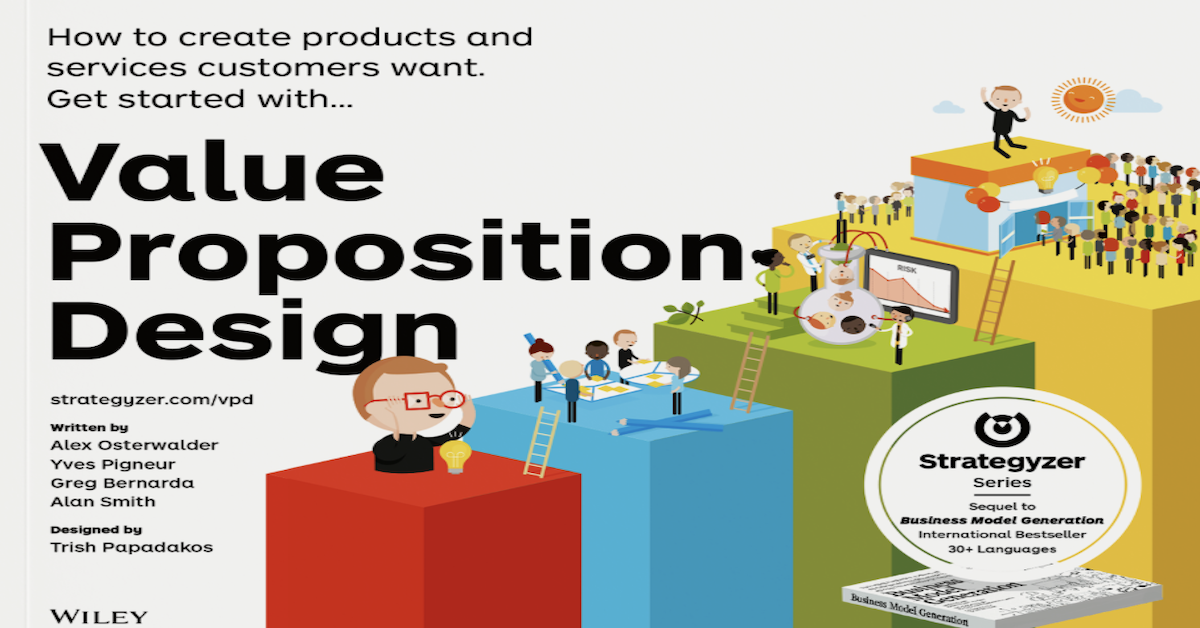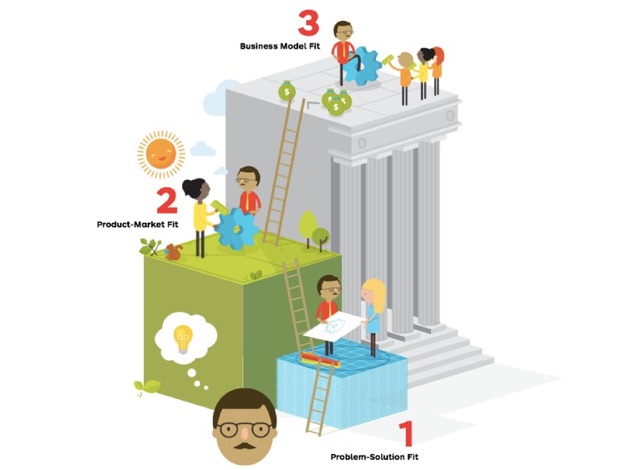
Three Ways to See if Your Product Fits the Market
I have been reading (and applying) a lot of concepts from the book, Value Proposition Design by Alex Osterwalder (@alexosterwalder), as I have been developing and launching CSP Fast Pass. One of the more interesting concepts from the book is the idea of product fit: do we have product or service that meets the jobs, pains and gains that customers really care about?
Of course, product fit is not achieved overnight, but in a series of steps. Alex Osterwalder identifies three type of fit: on paper, in the market and in the bank.
- Problem-solution fit: this fit occurs when you have evidence that customers care about certain jobs, pains and gains and that the value proposition for your product addresses the important jobs, extreme pains and essential gains. This is a time of customer and market research. We say this fit is “on paper” because product only exists on paper (or as a VERY rudimentary prototype) and the market has not validated the value proposition with actual purchases.
- Product-market fit: occurs when people begin to buy your product and service and the product begins to gain traction in the marketplace. In this type of product fit, the customer normally gets more value from the product than the people who created the product. This period often a period of experimentation and iteration around the assumptions about the customers, their needs and how the product meets their needs.
- Business model fit: materializes when you have evidence that your product is embedded in a profitable and scalable business model, i.e. it makes you real money that you can put into the bank. A business does not have business model fit until they begin to generate more revenue with the product than they incur costs to create and deliver the product to the customers.






